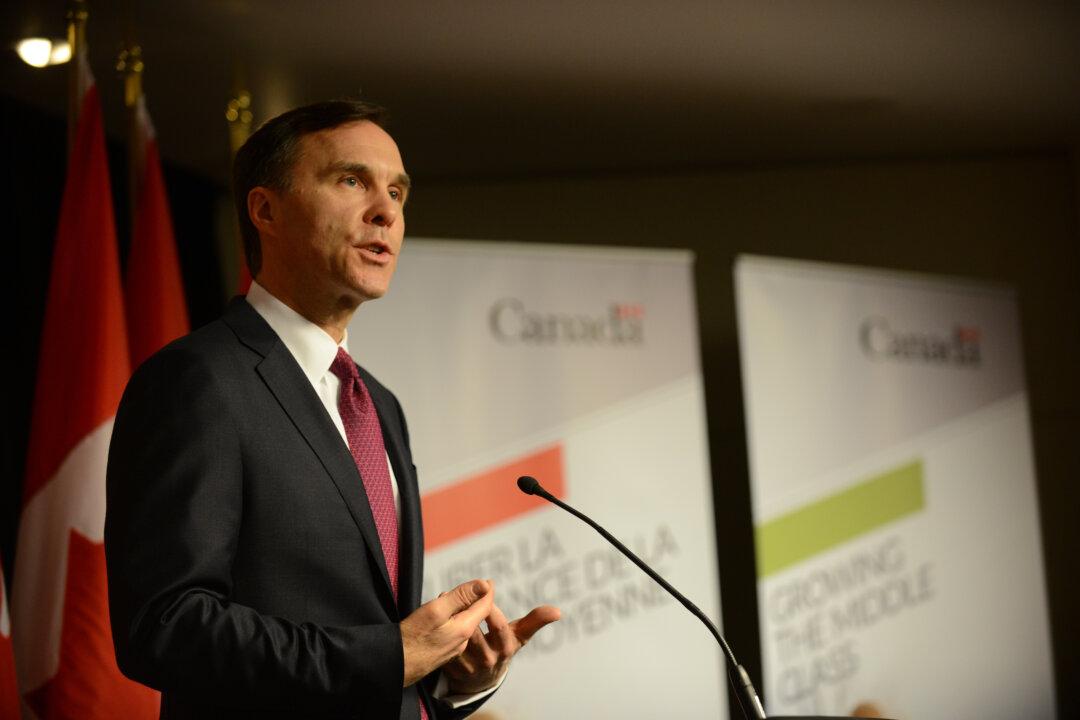OTTAWA— Budget 2016 aims to turn Canada into an innovation powerhouse, although the details are mostly still to come.
“We believe it is critical to move forward on an ‘Innovation Agenda’,” Finance Minister Bill Morneau told reporters during a press conference prior to the release of the budget.
But it will take the government a couple of years to define this new vision.
Turning startups into small, medium, and large enterprises has been a massive challenge for Canada over the years, but a new overarching innovation agenda aims to “drive greater clarity of purpose…and greater support for Canada’s innovators and entrepreneurs.”
Universities are breeding grounds for entrepreneurs and startups. One use of a new $2 billion Post-Secondary Institutions Strategic Investment Fund introduced in the budget could be used to expand on-campus support for incubators and accelerators.





